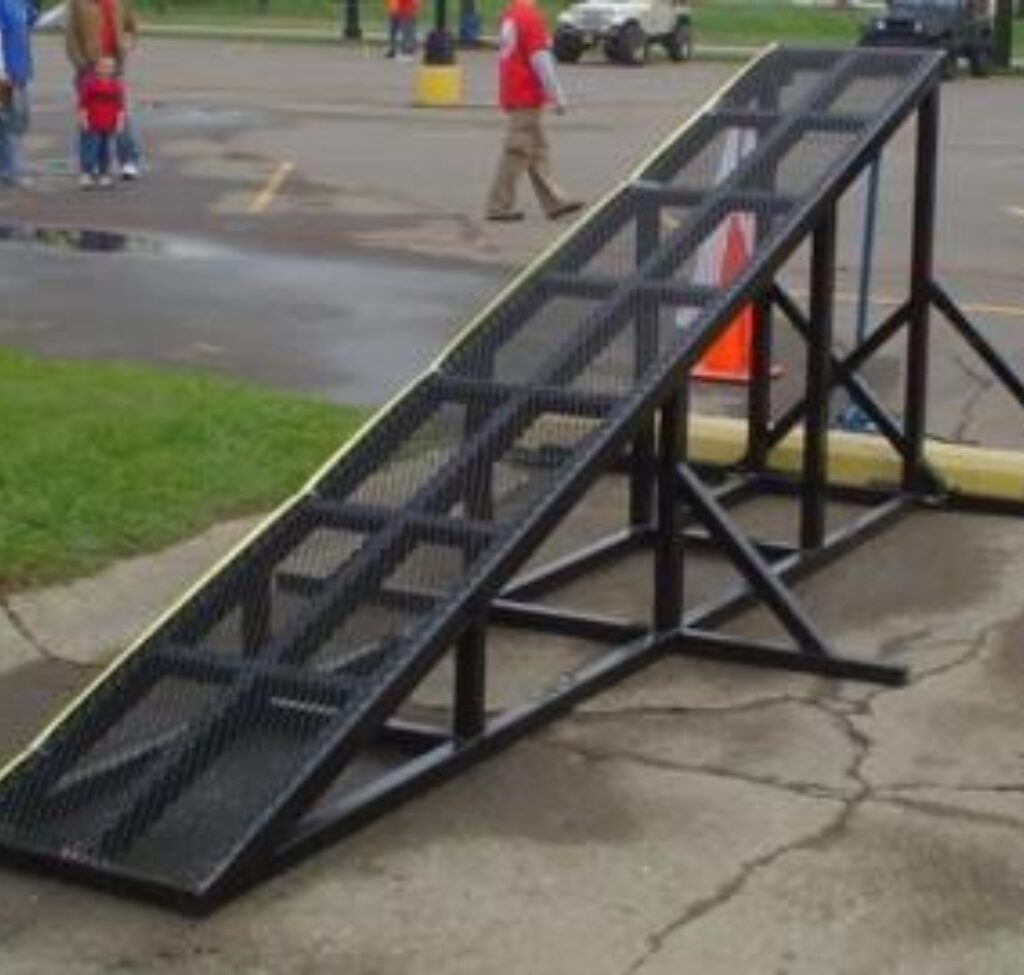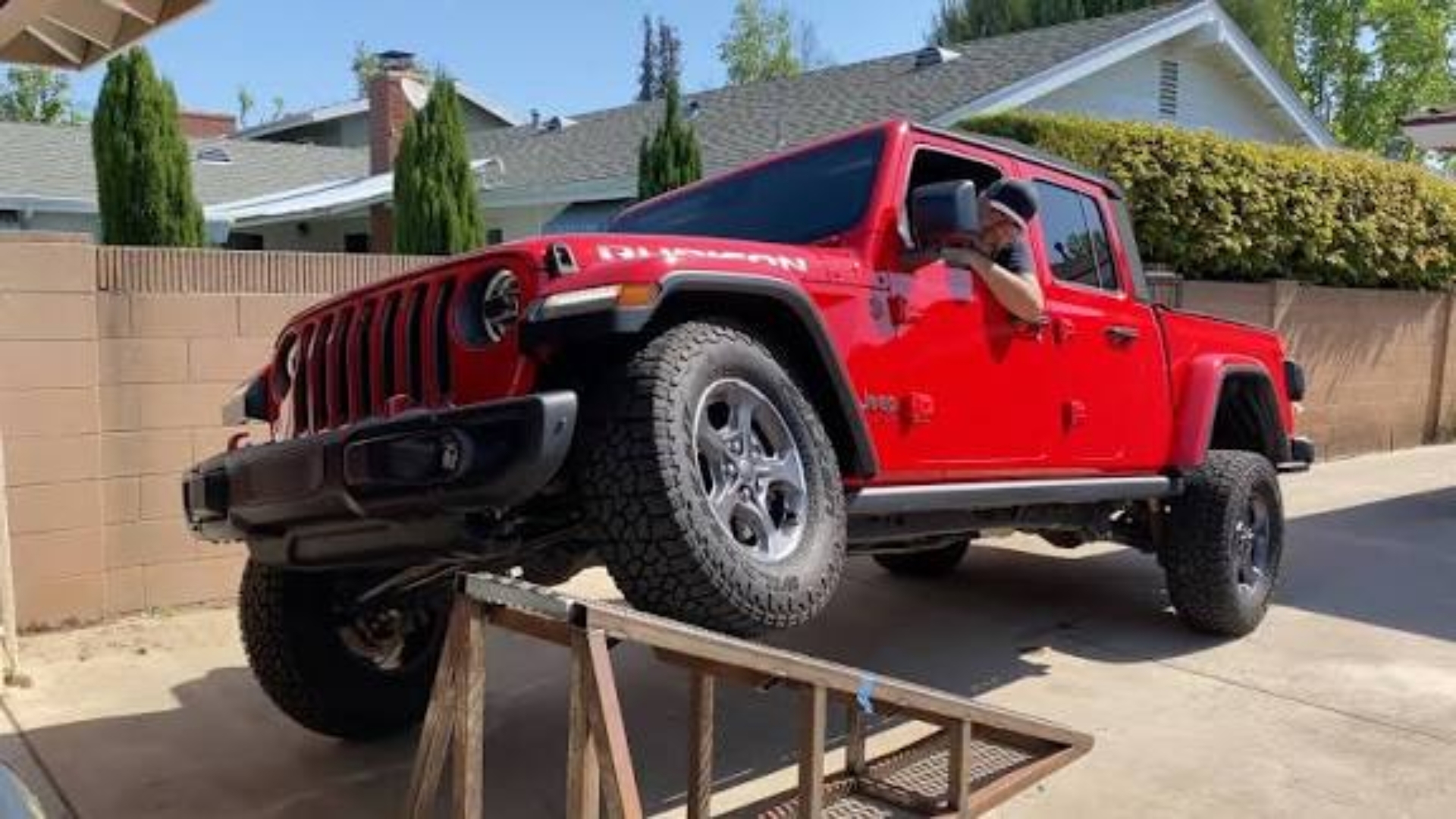The Ramp travel index (RTI) is used to determine the suspension flexibility of the vehicle, commonly referred to as the axle articulation. It is a major off-roading measurement, which indicates the level at which a vehicle manages uneven surfaces. The greater the RTI score, the more that suspension can flex and the wheels are on the ground, and thus have better traction. This causes RTI to be necessary when comparing off-road cars, in particular, modified cars.
Researchers and analysts note that RTI is an effective method of gauging suspension performance. It assists off-roaders in monitoring the progress following modifications. According to researchers, vehicles that have a higher RTI score have better traction on uneven surfaces. RTI is commonly used in comparisons of stock and modified vehicles to demonstrate the effects of suspension upgrades. This measure is still an effective off-road tester.
RTI is not merely a figure but an indication of the crude potential of a vehicle. It also demonstrates the ability of a machine to cope with difficult surfaces without using electronics. RTI is an engineering pride for the off-road lovers. It can also be used to listen to the rocky trails or desert races, and push the boundaries, making it a good index to get the best performance.
Significance of RTI on Off-Roading.
Serious off-road performance requires excellent axle articulation. A high RTI vehicle maintains contact of its wheels on the ground. Therefore, this guarantees a regular traction of all four tires. Torque is provided to the surface effectively. Therefore, the danger of losing control over any one of the wheels is minimized. This enables safer and more controlled movement across rugged obstacles.
Take, as an example, a car with open differentials. A high RTI is very beneficial. It is capable of operating on rough terrain, even though it does not require sophisticated electronic functions. Other systems, such as the traction control, are susceptible under extreme conditions. The wheel of a vehicle with limited RTI lifts more easily. That is a free-spinning wheel. Power is wasted. Car models that have enhanced articulation stand firm. Thus, they proceed without hindrance.
The axle articulation is frequently better with solid axle suspensions. Therefore, the design is typical of traditional off-road vehicles. Modern SUVs usually have independent suspensions, which are usually more comfortable on the road. Therefore, they at times lose a few articulations. Nevertheless, well-developed, separate systems can score high RTI scores. Thus, they are usually more demanding in design and expensive.

How is the Ramp Travel Index Calculated?
The Ramp Travel Index is an easy process to calculate. It also involves a certain system and certain crude measurements. Therefore, the conventional technique involves ramp usage. It is also possible to estimate the score, too, without one.
The Standard Ramp Method
A ramp is the most popular method of measuring RTI. Therefore, the inclinations of this ramp are usually 20 degrees. Thus, the process is simple. Therefore, the ramp is lifted by a vehicle with one of its front tires. It moves slowly. The driver goes on until one of the remaining three tires begins to lose touch with the ground. Thus, this is usually the rear tire on the same side.
The car halts at this very point. The other three tires should be in full contact with the ground. Next, a measurement is taken. The distance that the vehicle moved up the ramp is this measurement. The distance is calculated based on the distance between the ramp base and the front tire hub on the ramp.
It is calculated through a simple formula.
RTI =(Vehicle Wheelbase/ Distance Traveled) x 1000.
The distance and the wheelbase should be in the same unit, which is usually inches. Let’s look at an example. A Jeep having 93 93-inch wheelbase travels 72in over a 20-degree ramp. The calculation would be (72 / 93) x 1000. This gives a score of 774 in terms of RTI. A 1000 score would indicate that the vehicle was traveling a distance on the ramp that was equal to its own wheelbase.
Calculating RTI Without a Ramp
What happens in case you do not have a 20-degree ramp? You are able to compute your RTI of your vehicle. Trigonometry is involved in this approach. It needs a secure method of hoisting a wheel. Anything can work, a forklift or a strong jack. You pick up one front tire. You ascend as high as possible before any other tire booms off the ground. Then, you measure the height. This is the distance between the ground and the bottom of the lifted tire in a vertical manner. This height is referred to as h. The vehicle’s wheelbase is ‘b’.
A 20-degree equivalent RTI has the formula:
RTI = (h / b) x 2924
This equation transforms the height of vertical lift into a 20-degree ramp score. It is a good measure of the articulation of your vehicle. It is capable of making a comparison without having to go to a standard testing facility. This approach helps those who are fond of it and are interested in following up on their progress in making the modifications.
What is a Good RTI Score?
The RTI scores are used as a reference point for the off-road capabilities of a vehicle. Various categories of cars have dissimilar common scores. The normal stock SUVs and trucks have RTI values ranging between 400 and 550. These are the vehicles that are aimed at having an off-road mediocrity and on-road comfort. Their suspension systems do not have extreme flex construction. There is a large variety of scores of modified vehicles. A car that has small suspension modifications may have its score rise to the 600s or 700s. Most trail riding and an RTI of above 500 is regarded as being really good.
Much higher scores can be made by highly modified vehicles. Competition rigs and serious rock crawlers can have an RTI of over 1000. These are long-travel machines that possess dedicated long-travel suspension. Their whole chassis is built with the intention of the highest articulation. An RTI of over 1000 indicates that the rear tire has already begun to ascend the ramp before the front tire has covered an equivalent distance as the length of the wheelbase.
The ramp angle matters. The 20-degree slope is the norm. The steeper the ramp, such as 30 degrees, the lower the score would be received on the same vehicle. The reason is that the car would not progress as far up the slope until one of the wheels raises. The angle of the ramp that was used to conduct the test should be known when comparing the scores.
Practical Applications of RTI
The Ramp Travel Index is not a figure to boast of. It applies to the off-roaders and car customizers.
Assessing Suspension Performance.
RTI is an objective measure of suspension flex. It enables the owners to measure the impacts of changes. RTI can be measured before and after the installation of a new lift kit. The effect of new shocks or control arms can be seen. This data allows you to know whether you have enhanced the good axle articulation as desired.
Comparison of various Vehicles.
RTI provides a common method of making comparisons of the suspension abilities of different cars. RTI scores of different stock and modified trucks are regularly published in off-road magazines and communities. This is the information that aids potential buyers in making informed decisions. It gives them an opportunity to select one that will support their off-road objectives.
Specific Terrestrial Tuning.
Having a high RTI is not necessarily the final aim. The perfect level of articulation may be determined by the nature of off-roading. Rock crawlers have high degrees of flex. It assists them in maintaining tires on large and irregular stones. A car that is involved in high-speed desert racing may, however, need a lesser articulation. It may need more stability. The RTI measurements may assist builders in setting the suspension to its purpose.
The Future of RTI in a Contemporary World.
The Ramp Travel Index (RTI) was a previous definition of off-road capability based on the suspension articulation. It is not as relevant to modern vehicles, which offer high-level traction assistance and locking differentials. Yet, RTI still holds value. It emphasizes an automobile with its unrefined mechanical capacity to adjust to the land. High articulation also minimizes the use of electronics, hence stability and control. Nowadays, in an age of technology, suspension purity and engineering excellence are represented by RTI.

